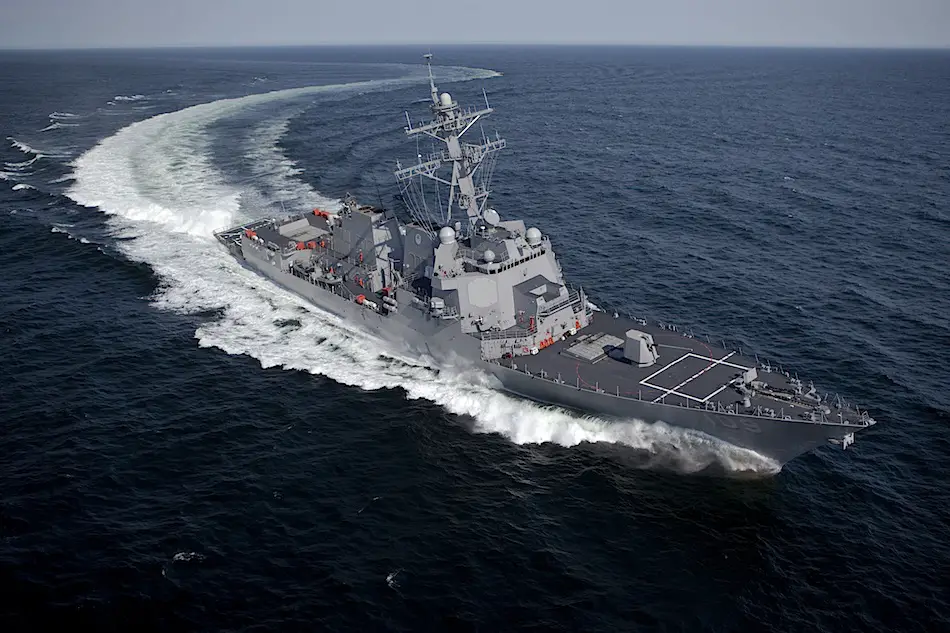Hello Everyone. I just noticed that I haven’t written much posts in English so here goes…
First off, I would like to apologize my poor writing skill and I have not much experience in writing posts in English. The IELTS score proves me right. I only got a band score of 5.5 although my overall band score is 6.5. That was back in 2007. Ha haa… Now is worse than that as I haven’t been in touch with English for long.
OK. Too much bluffing about myself. Let’s start. In this post I would like to share about Testing and Trials after building and constructing a ship. To be honest with you, I only partook in one dock trial of a river cruise vessel so to conclude I’m one of a non-think tank. Technically saying, I’m not an expert.
Trials and Tests could be majorly grouped into three. Namely,
1. Dock Trials,
2. Builder’s Trials and
3. Sea Trials
Where, dock trials are used to test major outfit systems prior to completion of the ship. Builder’s trials are often conducted by the shipyard to locate and solve problems before the official sea trials are held and finally, sea trials involve testing of the vessel and its systems underway.
There can also be a series of trials namely builder’s trials, acceptance trials, underway trials and final contract trials.
Specific items to be tested are generally listed in shipbuilding contracts.
In sea trials, there will be representatives from the ship-owner (may or may not include the owner himself), the builders and the classification society on-board. The major sea trial activities may include,
- Reliability of the power plant including the Main Engine, Auxiliary Machinery and Equipment.
- Performance of all other equipment which contribute to successful operation and navigation of ships.
- Anchoring Test
- Sea-keeping performance
(a) Speed Trial under different working conditions
(b) Inertia Test (Momentum Test)
(c) Turning Circle Test, etc.

Upon completion of sea trial, the ship owner or the owner’s supervisor will notify the shipyard in a written notice, which within specified time of its acceptance or its rejection of the vessel, including the reasons therefore.
If the vessel or any part does not conform to the concerned requirements, the ship builder shall inquire the owner’s supervisor the cause of failure, proper steps taken to remedy the defects including the possible re-trial run if necessary.
In the meantime, the shipyard prepares all the documents for delivery of the vessel. The list of documents prepared by both parties and the classification society as well as the list of typical sea trial activities will be listed in the next post. Stay tuned…
Thank for your time and interest,
Htike Aung Kyaw
References:
– Ship Production, Second Edition, by Richard Lee Storch, Colin P. Hammon, Howard M. Bunch and Richard C. Moore
– www.globmaritime.com



